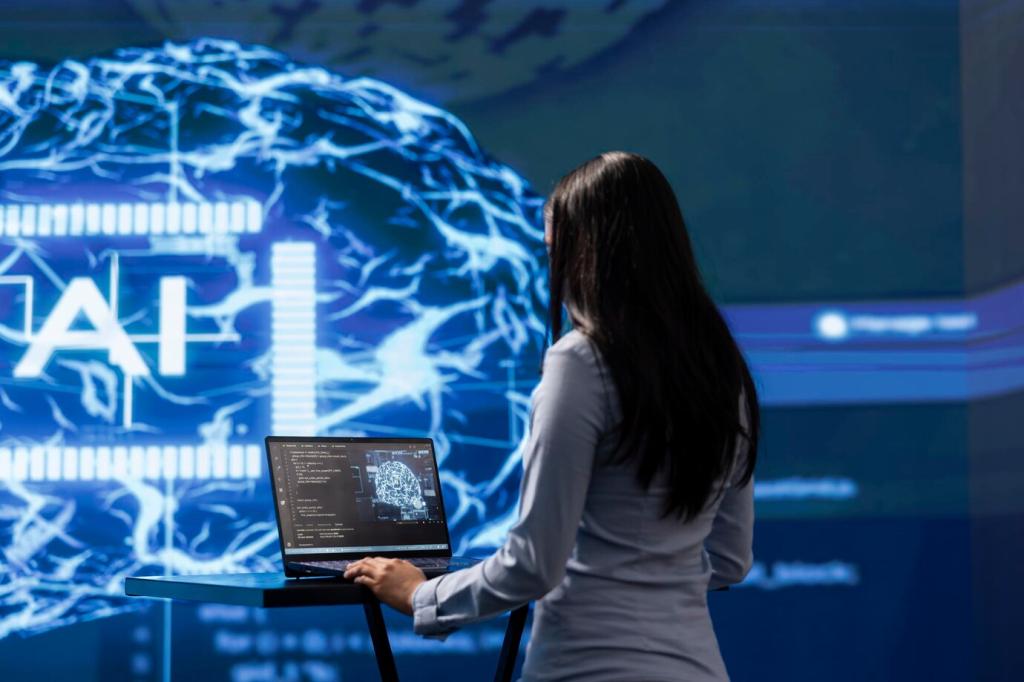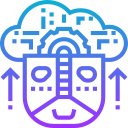This website uses cookies so that we can provide you with the best user experience possible. Cookie information is stored in your browser and performs functions such as recognising you when you return to our website and helping our team to understand which sections of the website you find most interesting and useful.
The Role of AI in Diagnostics and Treatment Planning
Artificial Intelligence (AI) is rapidly transforming healthcare by enhancing the capabilities of medical professionals in both diagnostics and treatment planning. From analyzing complex datasets in moments to delivering personalized care, AI is redefining efficiency, accuracy, and patient outcomes. Its integration into clinical pathways streamlines workflows and assists in decision-making processes that once relied solely on human expertise. By leveraging vast quantities of medical data, AI enables early detection of diseases, improved risk stratification, and tailored therapeutic interventions. This page explores the multifaceted role of AI in modern diagnostics and treatment planning, revealing how technological advancements are shaping the future of medicine.


Machine Learning for Imaging Interpretation

Natural Language Processing in Healthcare Records


